What Are the Safest Alternatives to Rolling Paper? 🌿 (2025 Guide)

No material that’s lit is truly “risk-free.” But some choices are cleaner than others. This guide breaks down practical, safer-leaning alternatives to rolling paper—what they’re made of, what to check on labels and lab reports, and how to prep them for a smooth, even burn and a cleaner draw. Friendly, science-aware, and no fluff. ✨
🎯 Quick Answer
If you’re looking beyond classic rolling papers, the alternatives with the cleanest track records tend to be: palm leaf wraps, corn husk wraps, banana leaf wraps, and clear cellulose wraps (pullulan-based, food-grade). The safest choices are additive-light, lab-tested, and properly cured. Always check for third-party test results for metals, pesticides, and microbial contaminants.
🔒 What “Safest” Means Here (Important)
When people say “safest,” they usually mean: fewer additives, fewer contaminants, and a steadier, cooler burn that produces fewer harsh byproducts. That’s what we focus on. We avoid scary claims and keep it practical: pick well-tested materials and use a technique that reduces irritants.
🔬 The Science of Burn & Draw (Plain-English)
Plant wraps and papers are mostly cellulose (plus some lignin/hemicellulose in leaves). When heated, cellulose breaks down (pyrolyzes) and can form gases and tiny particles. Some of those are irritating in high amounts. The hotter and dirtier the burn, the harsher the draw tends to feel.
What influences the draw?
- Material thickness: thinner, even sheets often burn steadier.
- Additives: dyes, inks, and some plasticizers can char irregularly.
- Moisture: overly damp leaves hiss and create uneven combustion; too dry can flare.
- Oxygen: starved airflow = incomplete burn → harsher byproducts.
TL;DR: choose clean materials and keep things even/cool with steady airflow and minimal relights.
✅ How We Evaluated: 5 Safety Signals
- Purity: unbleached, dye-free, food-contact grade where applicable.
- Third-party testing: metals (Pb, As, Cd), pesticides, microbial (mold/yeast), and impurities.
- Burn profile: even ember, minimal relights, no chemical taste, low ash.
- Additive load: minimal binders; if present, prefer food-grade gums.
- Supply chain transparency: where it’s grown, how it’s washed/cured, and batch tracking.
🌿 Alternatives to Rolling Paper (Pros, Cons, Prep)
Below are popular non-paper options and a modern “clear wrap.” Each has a different feel to rolling papers and safety profile.
🌴 Palm Leaf Wraps
Why people like them
- Sturdy, slow-burning character with a smooth pull.
- Often single-ingredient leaf—no dyes or inks.
What to check
- Wash & cure: look for washed/sun-cured or low-heat dried; ask for microbial COAs.
- Heavy metals/pesticides: request recent lab reports (same harvest year).
- Uniform cut: reduces canoeing and relights.
Prep tip
Very lightly rehydrate if brittle (clean, barely-damp cloth wrap for 10–20 seconds), then pack gently and keep airflow consistent. Don’t over-tighten.
🌽 Corn Husk Wraps
Why people like them
- Common, food-adjacent material with a classic rustic vibe.
- Husks can double as a crutch/tip when rolled tight.
What to check
- Food-grade sourcing: avoid decorative/dyed husks; choose ones sold for culinary use.
- Clean finish: no surface treatments, scents, or colorants.
Prep tip
Brief warm rinse, pat dry, then air-dry to just-pliable. Trim edges for even burn. Pack evenly end-to-end.
🍌 Banana Leaf Wraps
Why people like them
- Flexible, aromatic leaf used across cuisines.
- Natural feel and generous size.
What to check
- No dyes/oils: choose plain culinary leaves only.
- Cure method: low-temp dried; ask for microbial and pesticide screening.
Prep tip
Trim ribs, pass quickly over gentle warmth to soften, then cool flat. Keep rolls snug but not compressed.
Clear Cellulose Wraps
Why people like them
- Food-grade, transparent look; tend to burn evenly when thin.
- Made from edible polysaccharides (often pullulan) used in films and capsules.
What to check
- Ingredient list: prefer simple formulas with minimal plasticizers.
- Food-grade certifications: documents showing food contact suitability.
- Thickness: thinner sheets usually draw cleaner than thick films.
Prep tip
Keep them dry and away from high humidity to avoid sagging. Even pack, even ember.
Comparison Table: Safety Snapshot
| Option | What It’s Made Of | Typical Additives | Burn Behavior | Potential Irritants (Relative) | What to Verify | Best For |
|---|---|---|---|---|---|---|
| Palm Leaf | Natural leaf (cellulose + lignin) | Usually none; occasionally food-grade binder at seam | Slow, steady when cured well | Low–moderate (material-dependent) | Microbial, metals, pesticide COAs; uniform cure | Slow, session-style draws |
| Corn Husk | Dried outer husk (cellulose) | None if culinary-grade | Even when trimmed and packed right | Low–moderate | Food-grade source; clean finish; no dyes | DIY feel, classic rustic texture |
| Banana Leaf | Dried culinary leaf | None if plain | Can flare if too dry; softens with gentle warmth | Moderate | Pesticide/microbial COAs; thin, even sheets | Large-format wraps |
| Clear Cellulose | Pullulan or similar edible polysaccharide | Small amounts of plasticizers possible | Even when thin; can speed up if overheated | Low–moderate (keep heat steady) | Food-grade docs; simple formulation; thin gauge | Clean look, predictable roll |
Reminder: “Potential irritants (relative)” compares common user experience across options. Any lit material produces particulates and gases; technique matters a lot.
⛔ What Not to Use (Seriously)
- Receipts/thermal paper: often contain bisphenols (BPA/BPS). Not for burning or inhaling.
- Glossy magazines, colored flyers, gift wrap: inks, coatings, and clays can char unpredictably.
- Printer paper or cardboard: sizing agents, brighteners, and mixed fillers = harsh byproducts.
- Scented/dyed leaves: fragrances and pigments are for décor, not for heat.
Prep & Technique: Cleaner Burn Checklist
- Source smart: Ask sellers for batch COAs (metals, pesticides, microbials) and ingredient lists.
- Cure is king: Leaves should be dry-pliable, not crispy; wraps should feel even, not waxy.
- Trim & pack: Square edges, uniform pack, consistent airflow; avoid over-tight rolls.
- Gentle heat, steady ember: Quick, light cherried edge & slow rotation. Minimize relights.
- Watch the ash: Fine, light ash generally signals cleaner burn than dark, chunky ash.
- Storage: Keep wraps sealed, cool, and dry. Leaves can crack if over-dried.
💚 Prefer a Cleaner Paper? Meet Our Rolling Paper
If you love a classic, predictable experience, try our Rolling Paper. It’s crafted for even burn, smooth draw, and minimal additives—great for everyday use and perfect when you want consistent results without fuss. We make it easy to choose thin, unbleached options with transparent specs and batch-level quality checks. Ready when you are. ✨
❓ FAQs
1) Are palm leaf wraps really “safer” than standard papers?
They’re different. High-quality palm leaves are single-ingredient and additive-light, which many people prefer. The key is verified cleanliness (COAs) and good curing. Any lit material still produces particles—technique and sourcing matter.
2) Are corn husks okay to use?
Yes—culinary-grade husks that are undyed and clean. Trim the edges, pack evenly, and avoid overly dry husks that can flare.
3) What about banana leaves?
Great for larger formats. Choose plain, food-use leaves with lab checks. Soften gently with warmth, then let them cool flat for a uniform roll.
4) Are clear cellulose wraps actually food-grade?
Reputable clear wraps use edible polysaccharides (often pullulan) commonly used in films and capsules. Food-grade is about eating, not inhaling, so ask for extra documentation and keep burns steady and cool.
5) Why avoid receipts and glossy paper?
Receipts often contain bisphenols (BPA/BPS), and glossy inks/coatings aren’t meant for heat. They can produce harsh byproducts. Hard pass.
6) Is there a quick home check for cleaner materials?
Light a tiny edge outdoors. Look for a steady ember, minimal odor, and fine, light ash. If it flares, leaves sticky residue, or smells chemical, skip it.
7) What’s the single biggest tip to keep things gentler?
Even airflow. Loose enough to draw, tight enough to hold shape. Fewer relights and a calm ember go a long way.
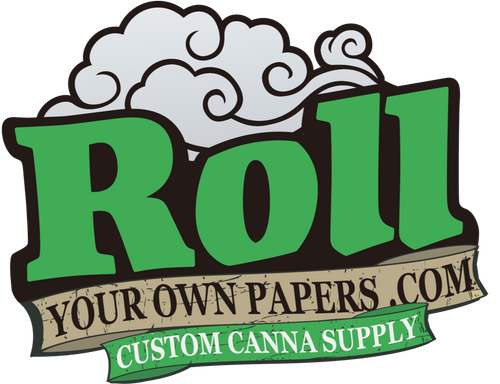
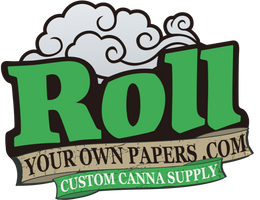
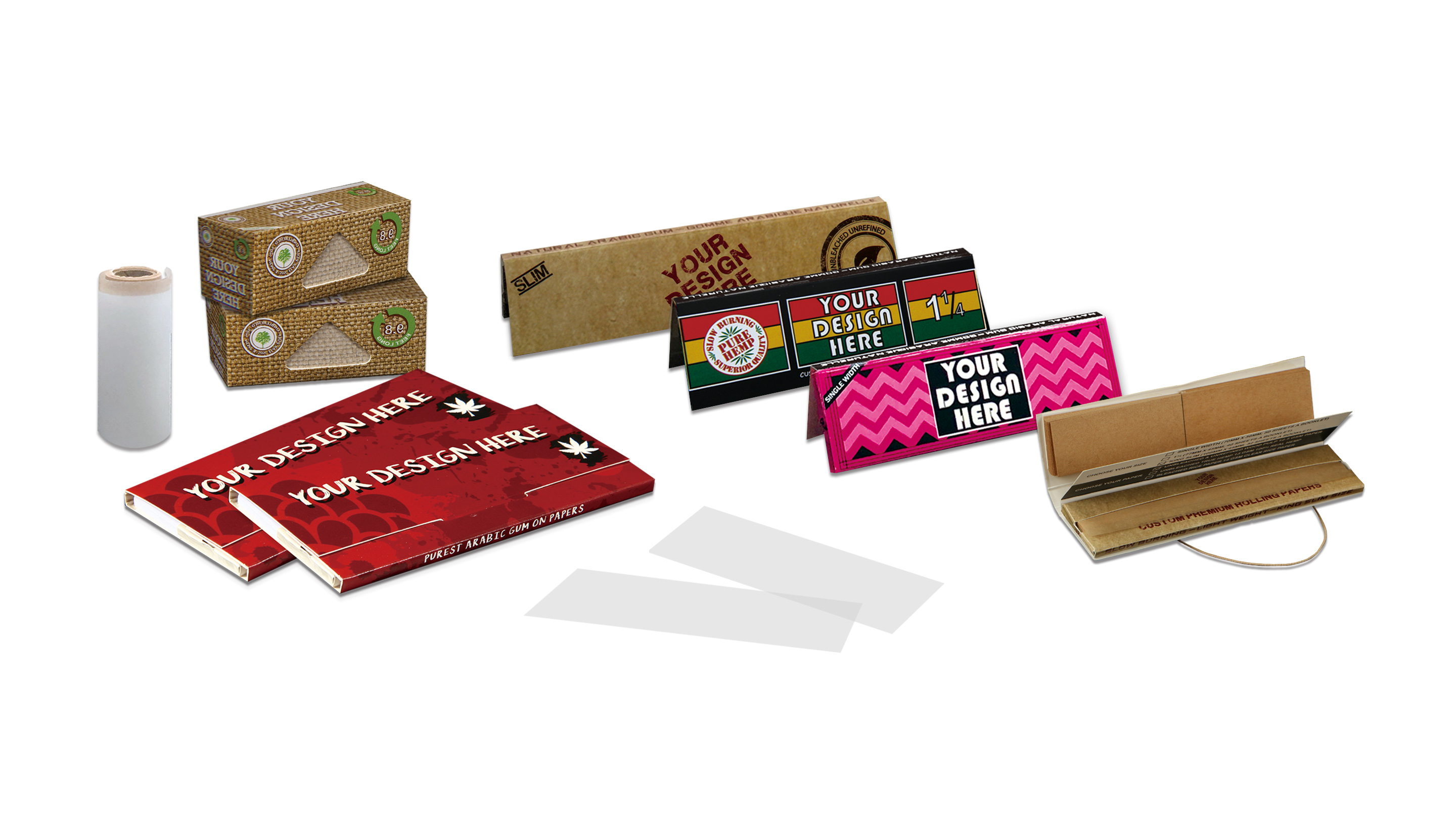
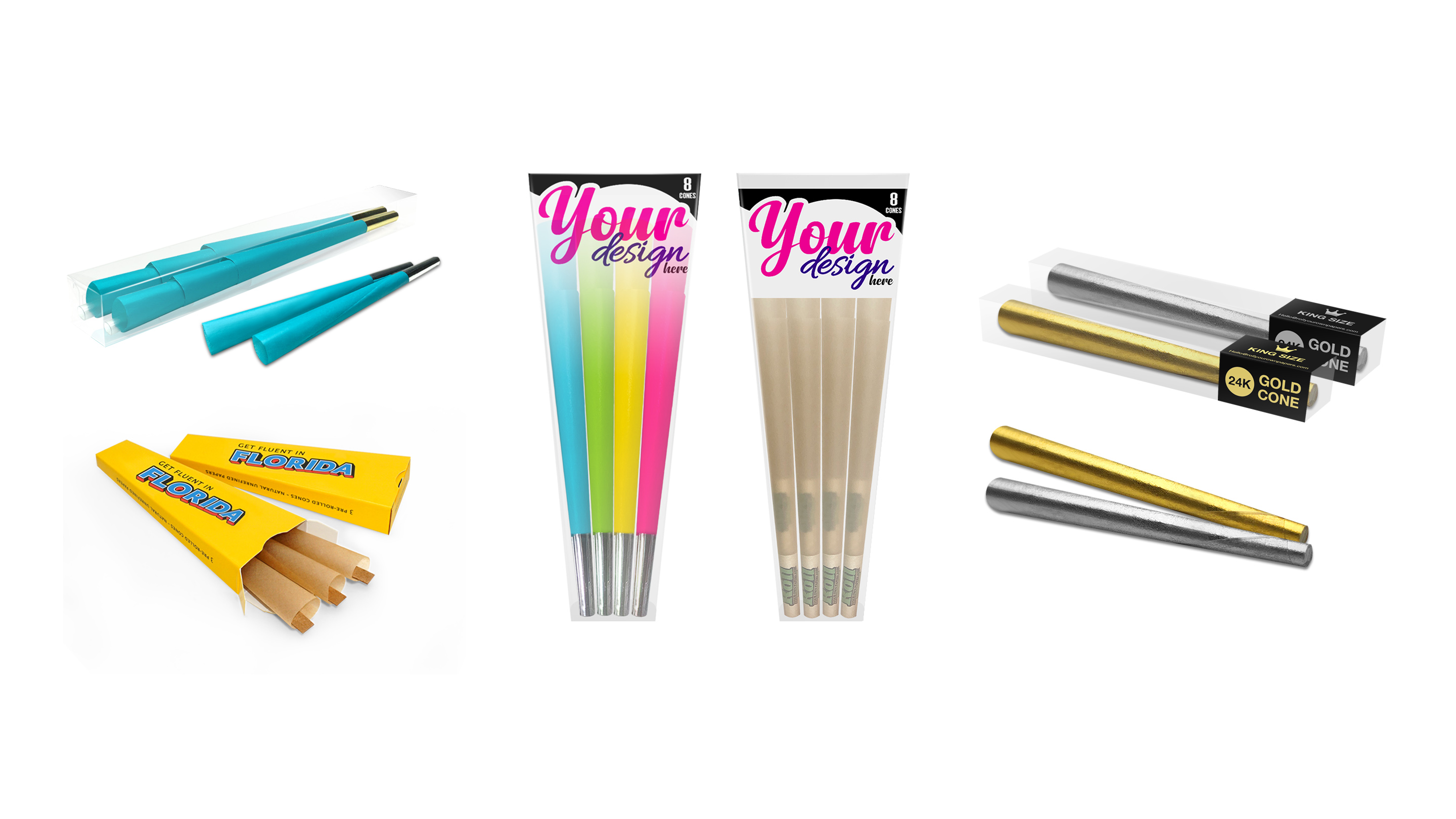
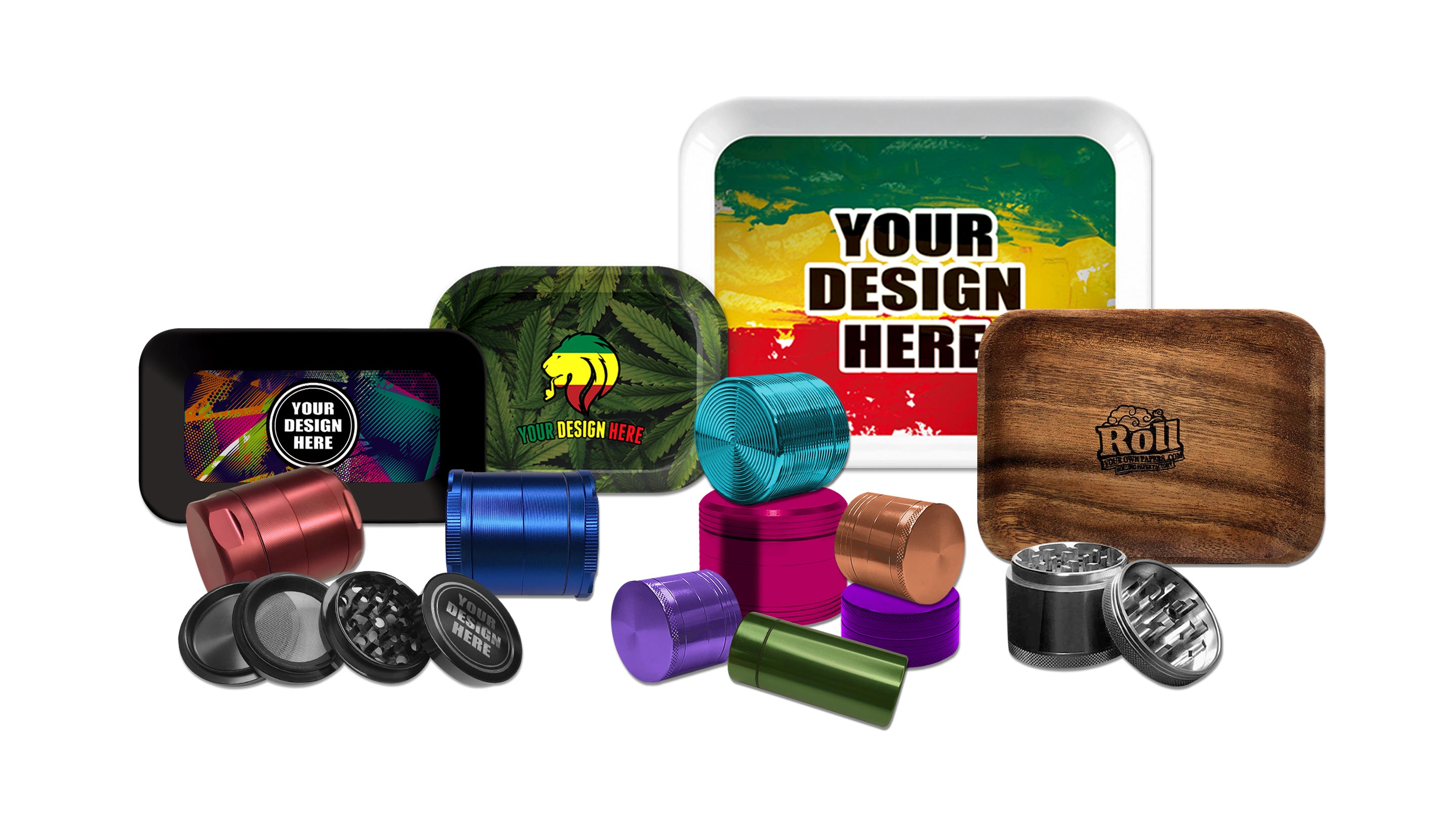
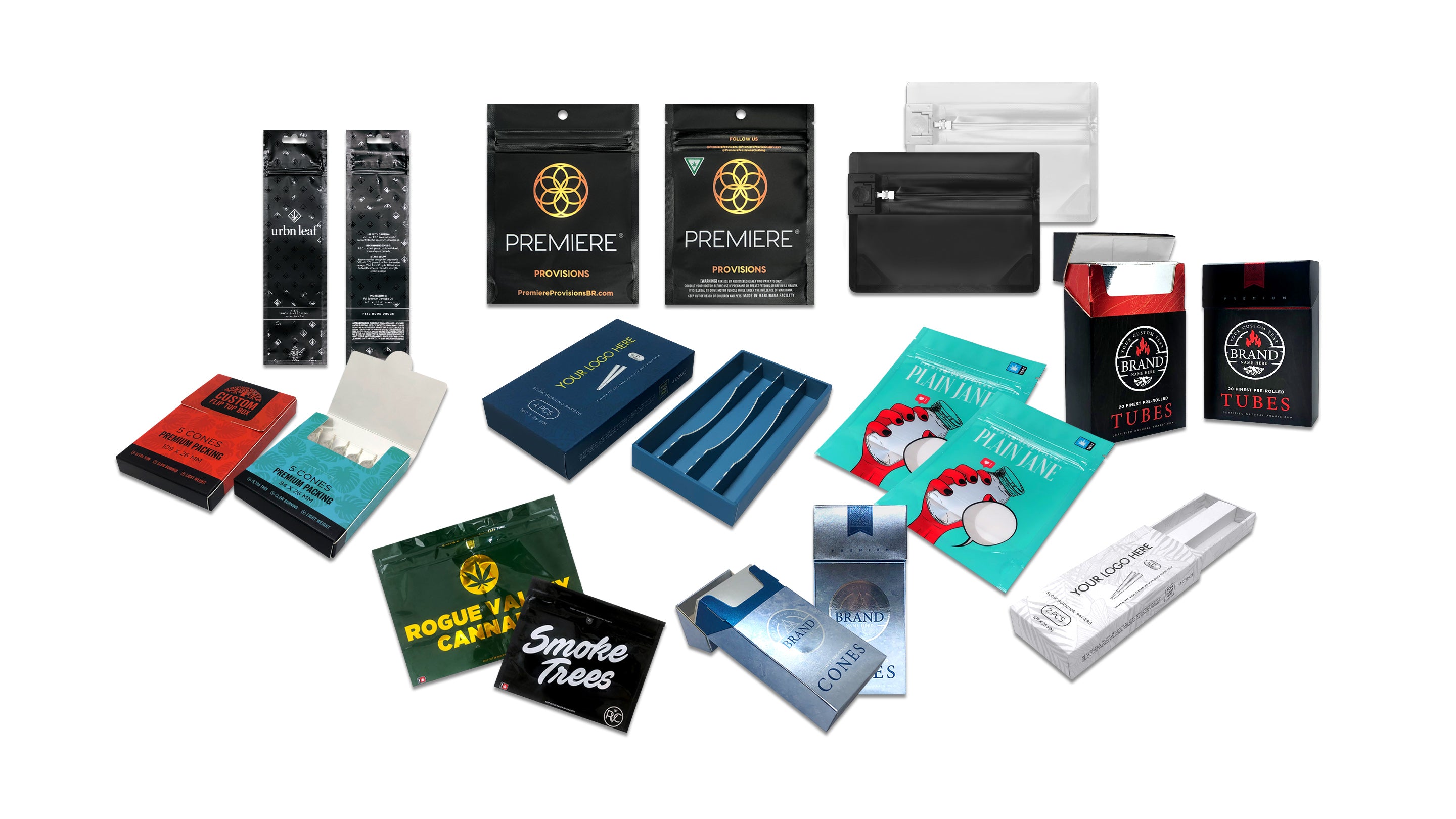
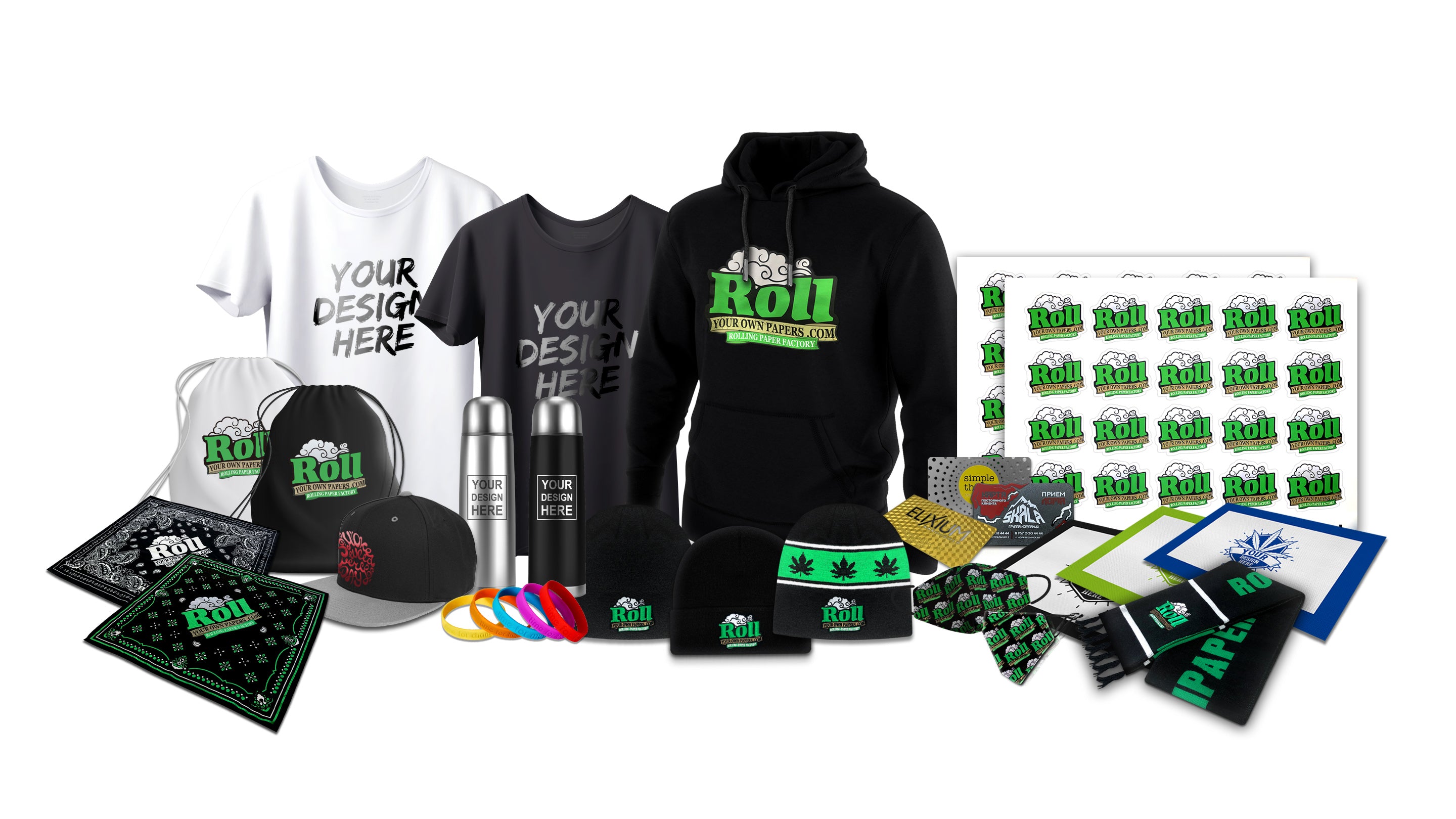
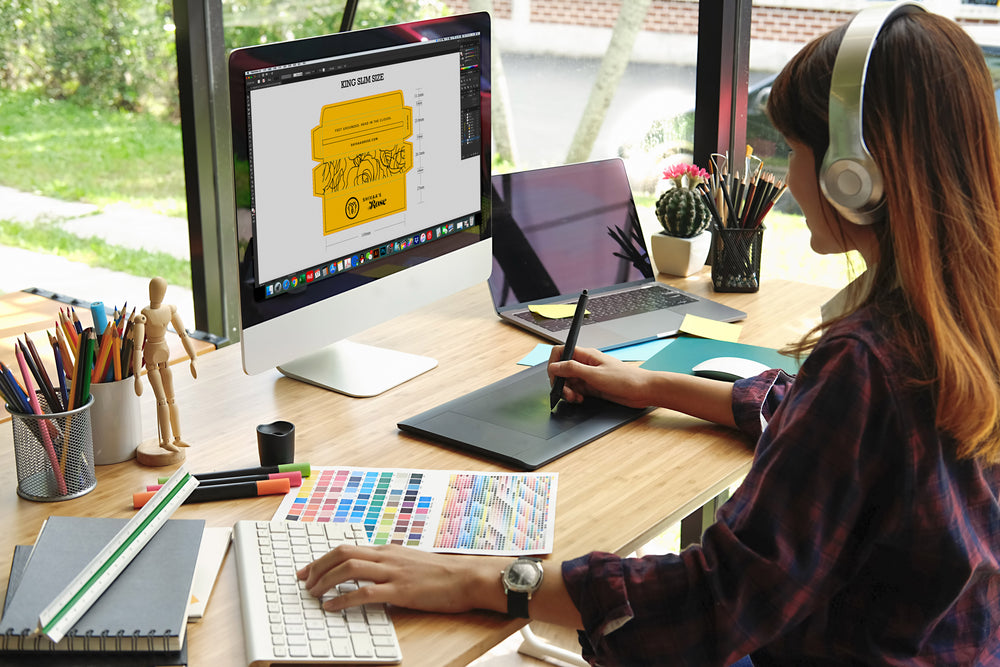
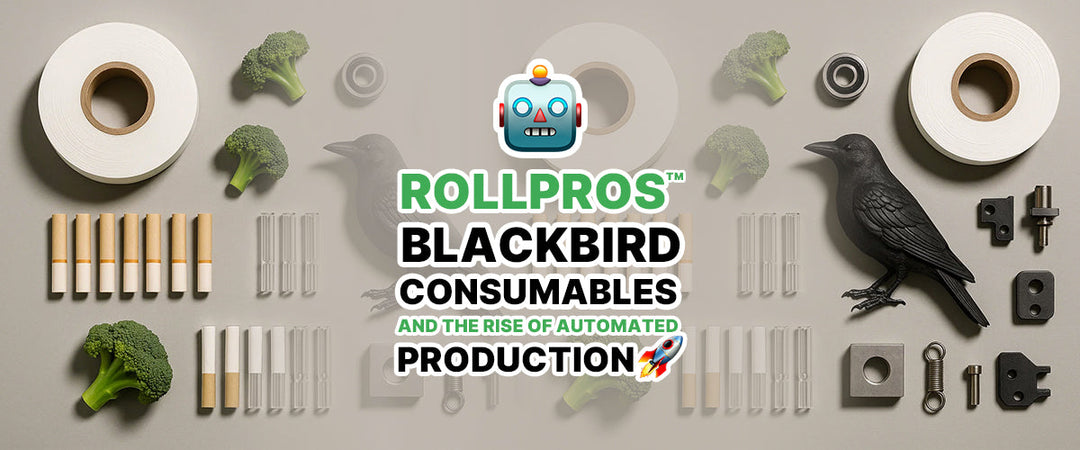
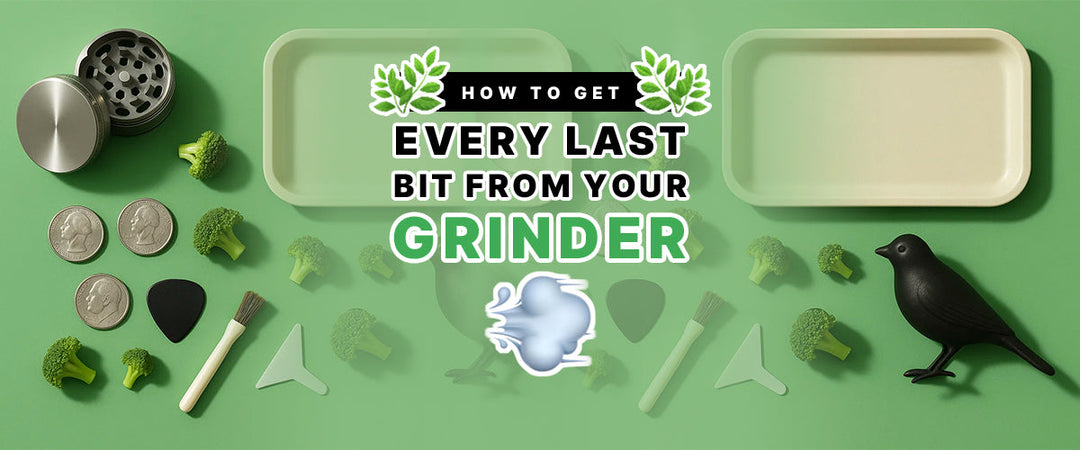
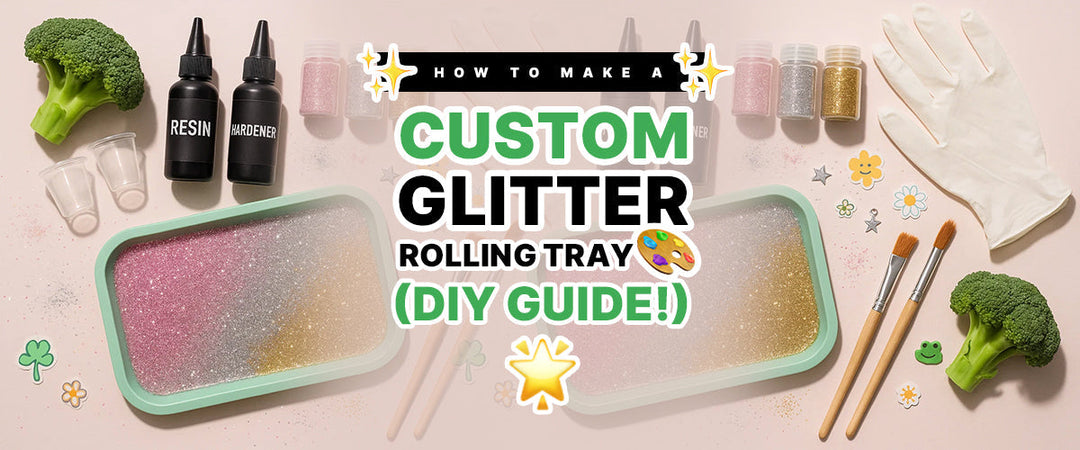
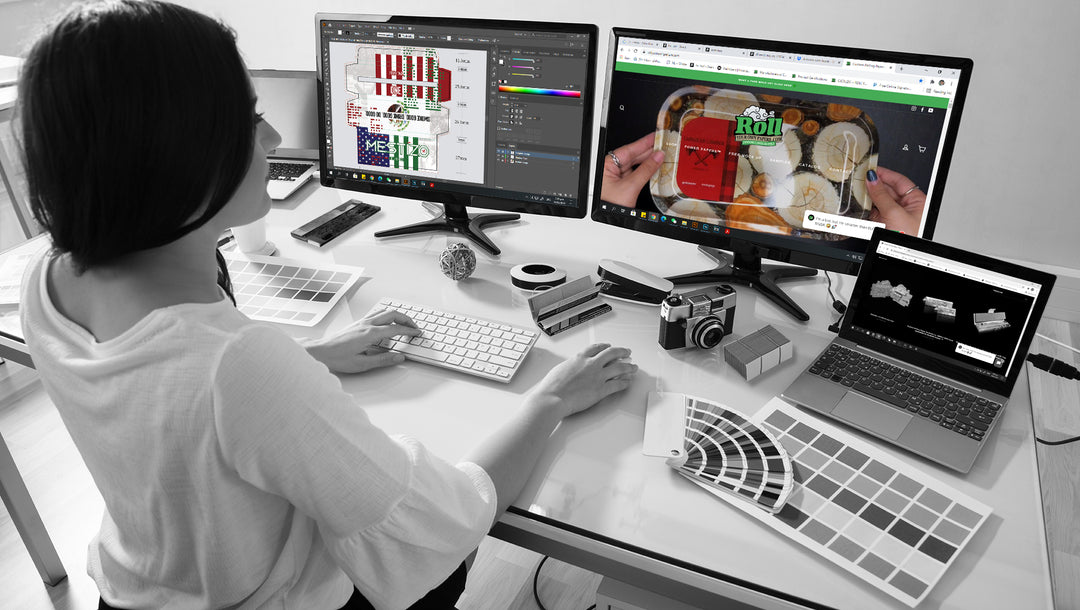
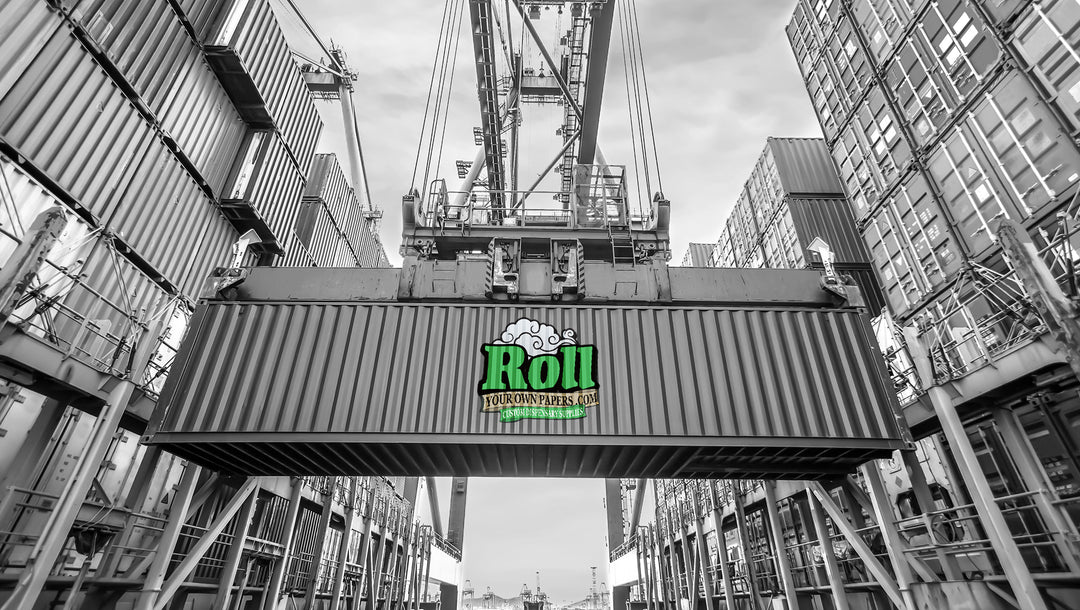
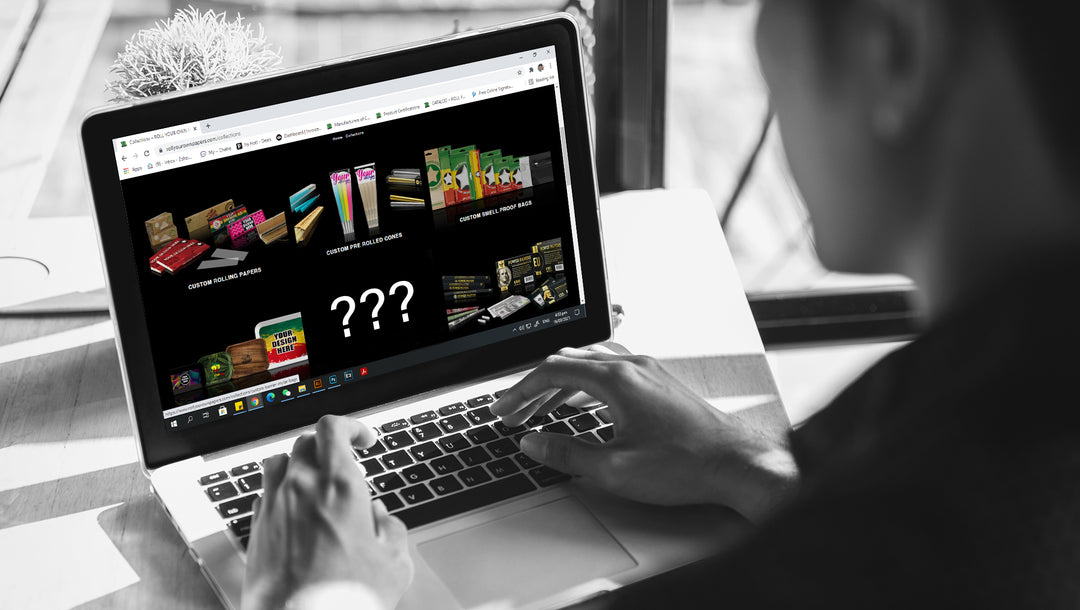
Leave a comment